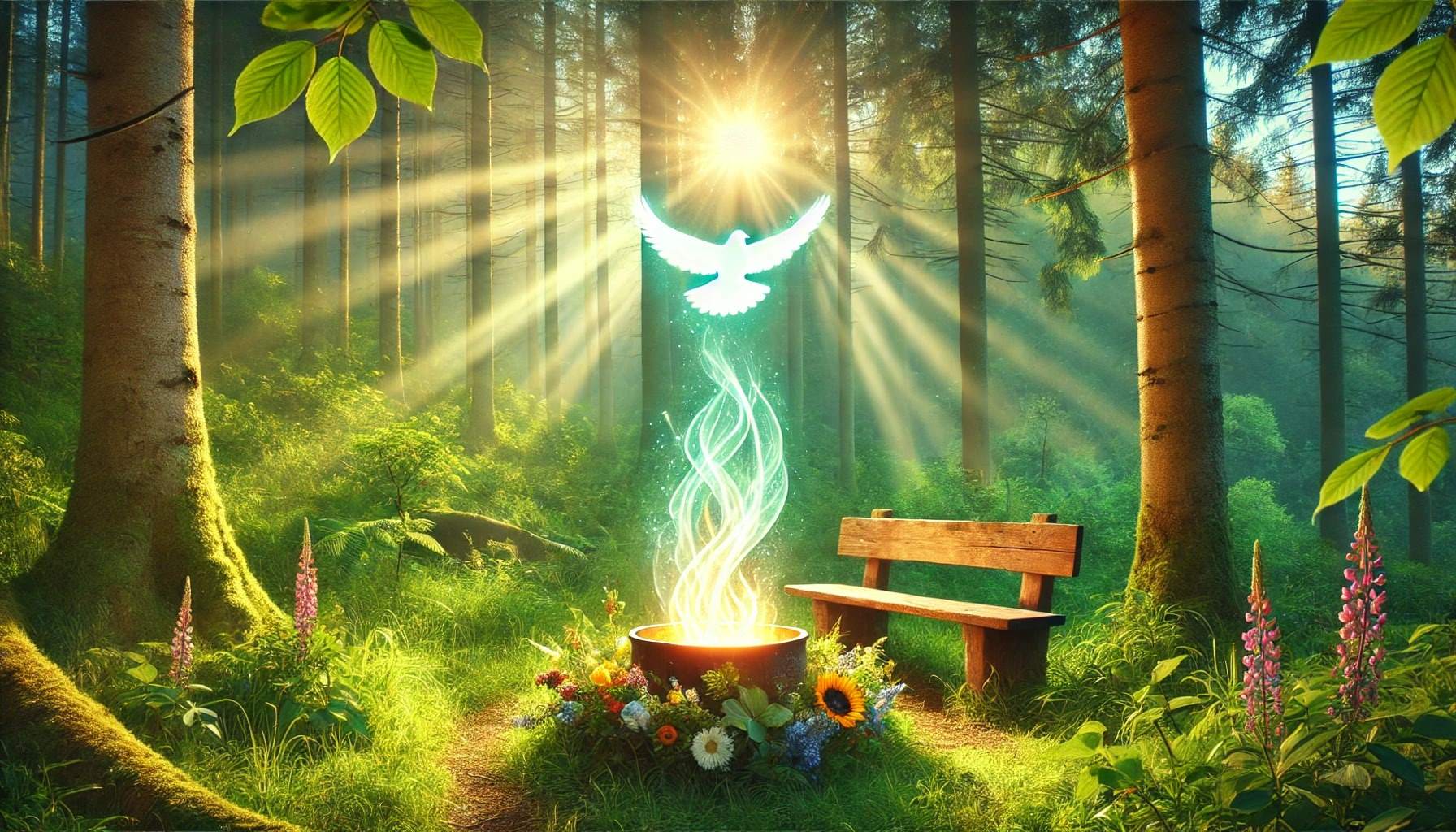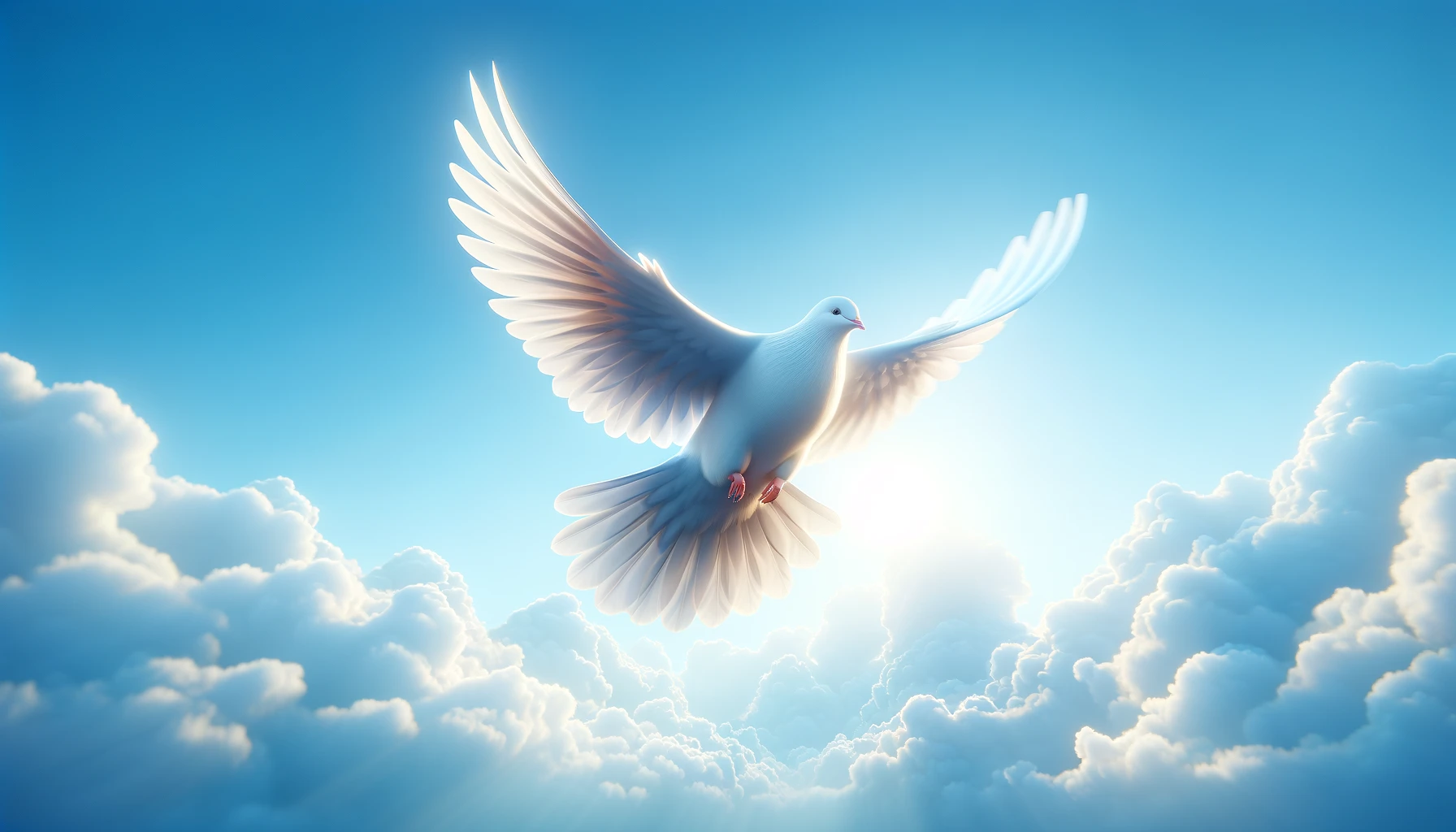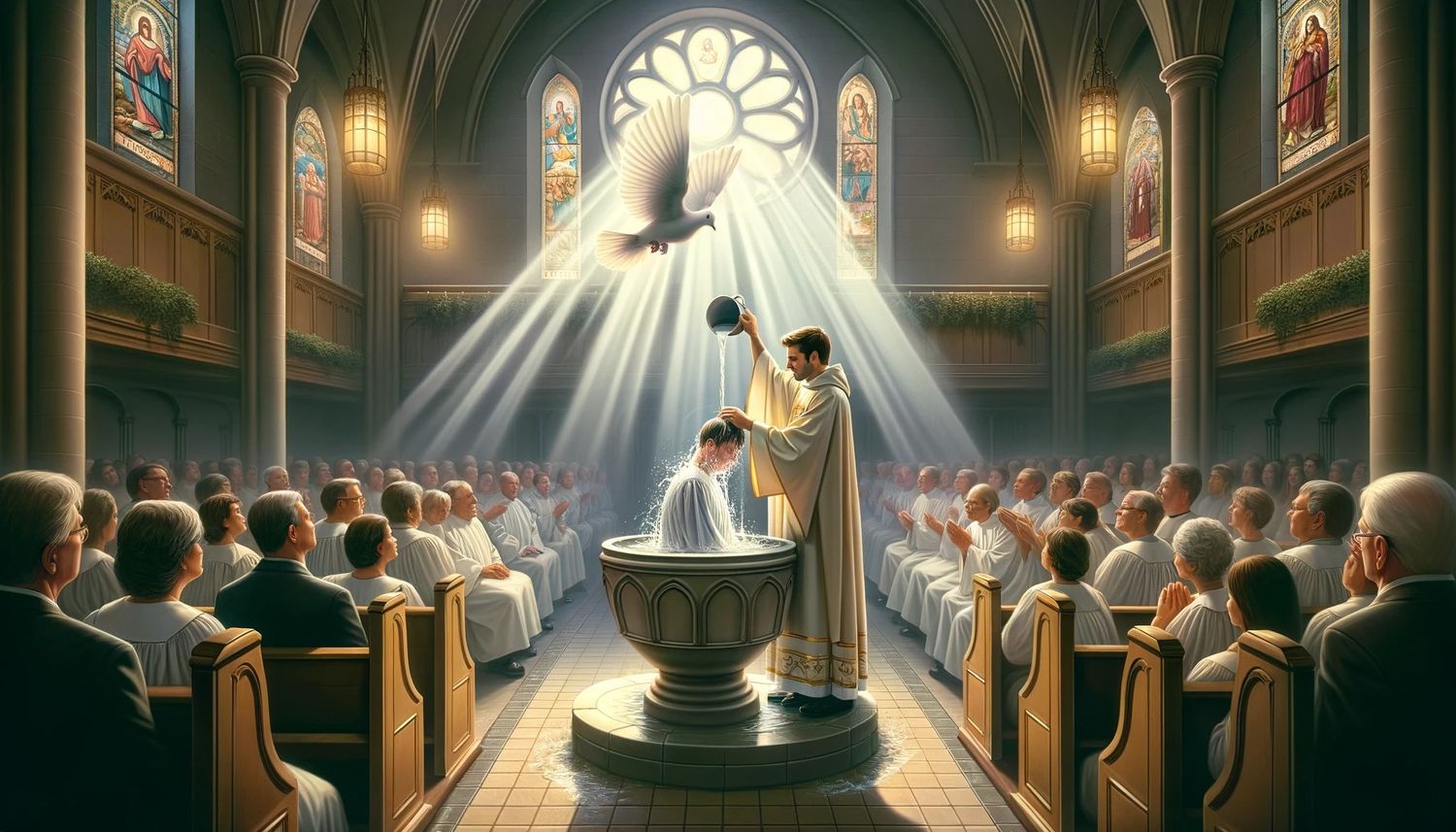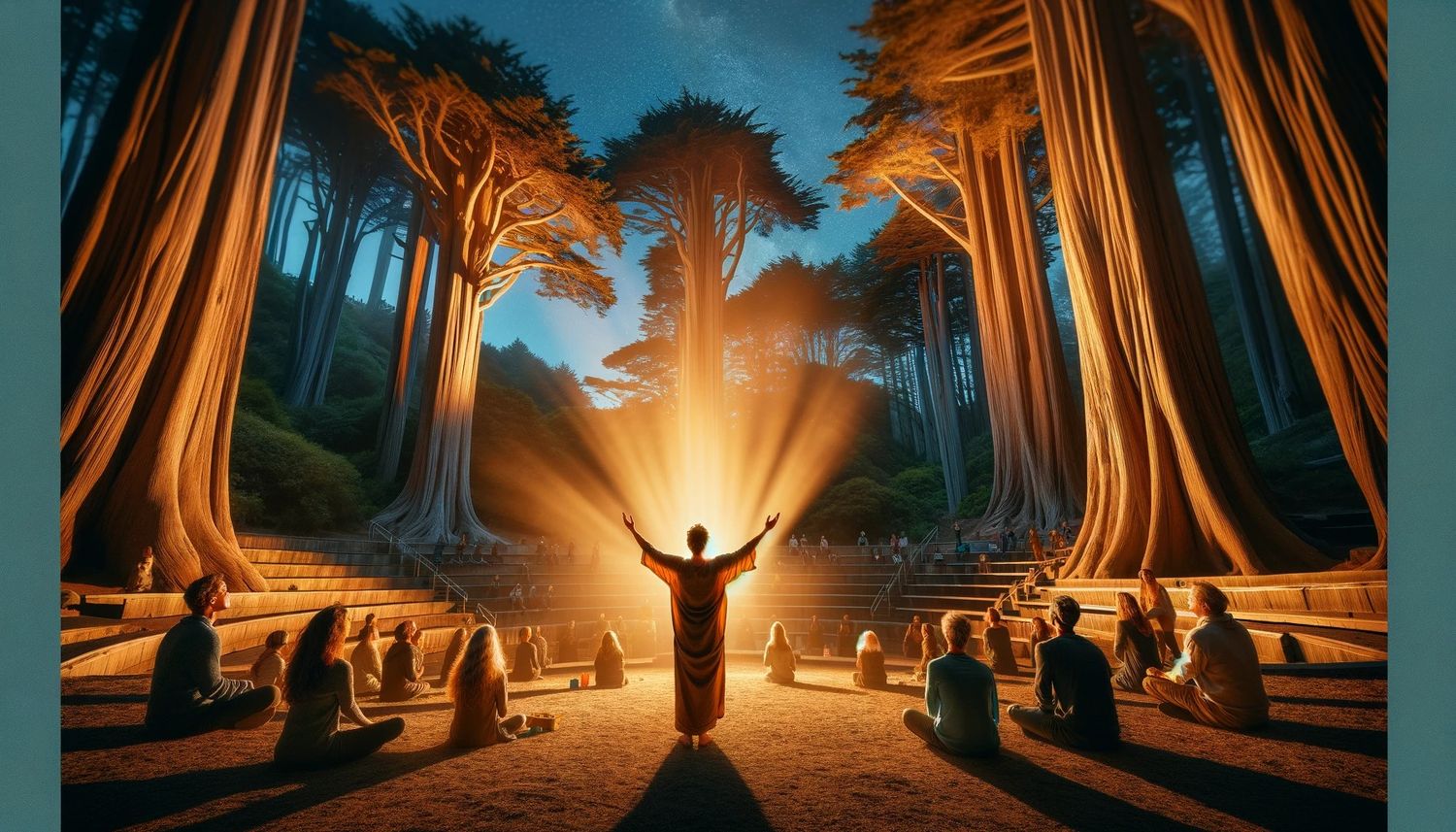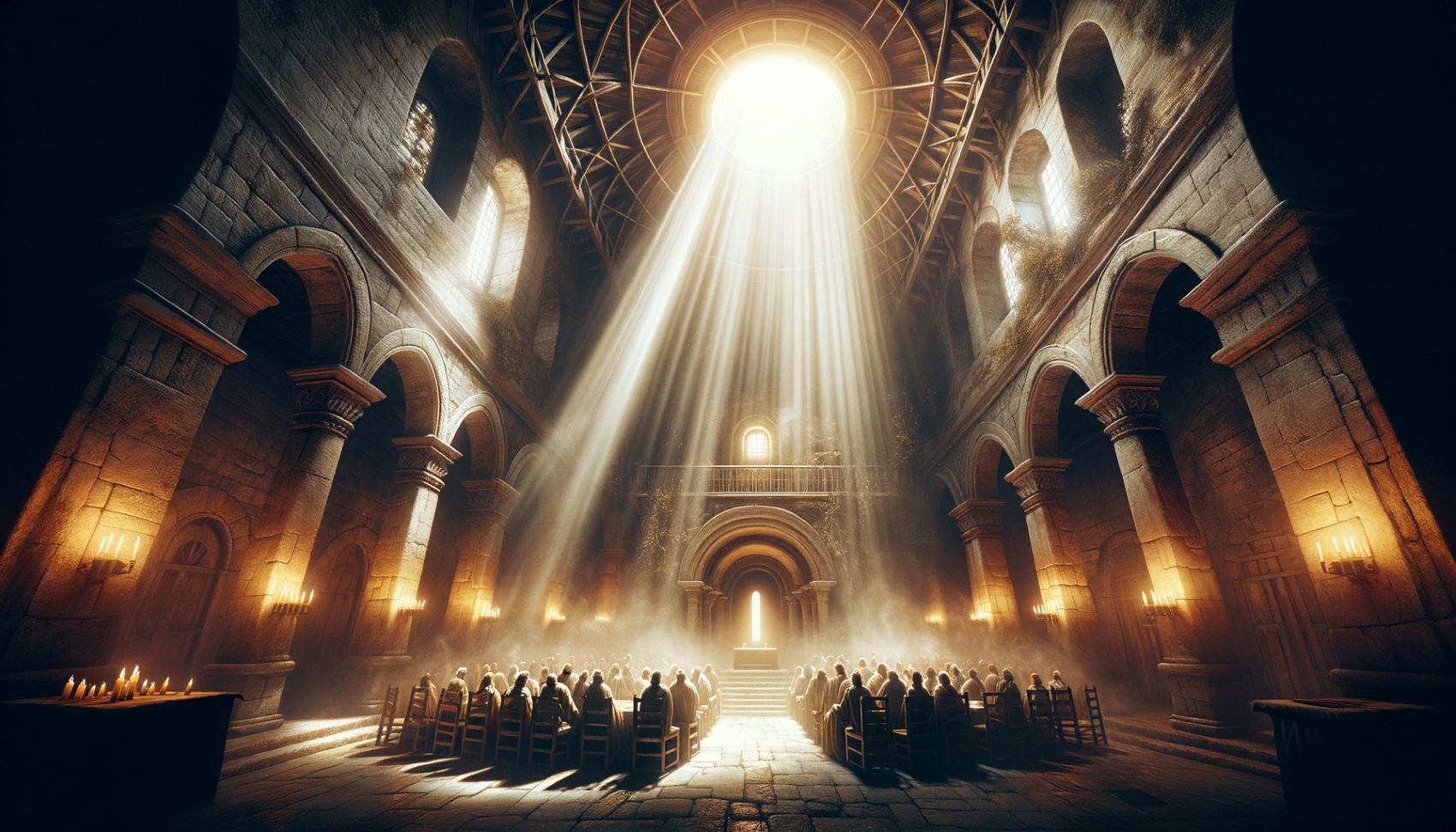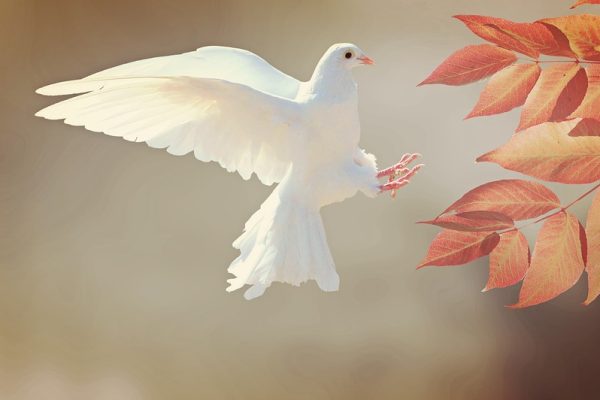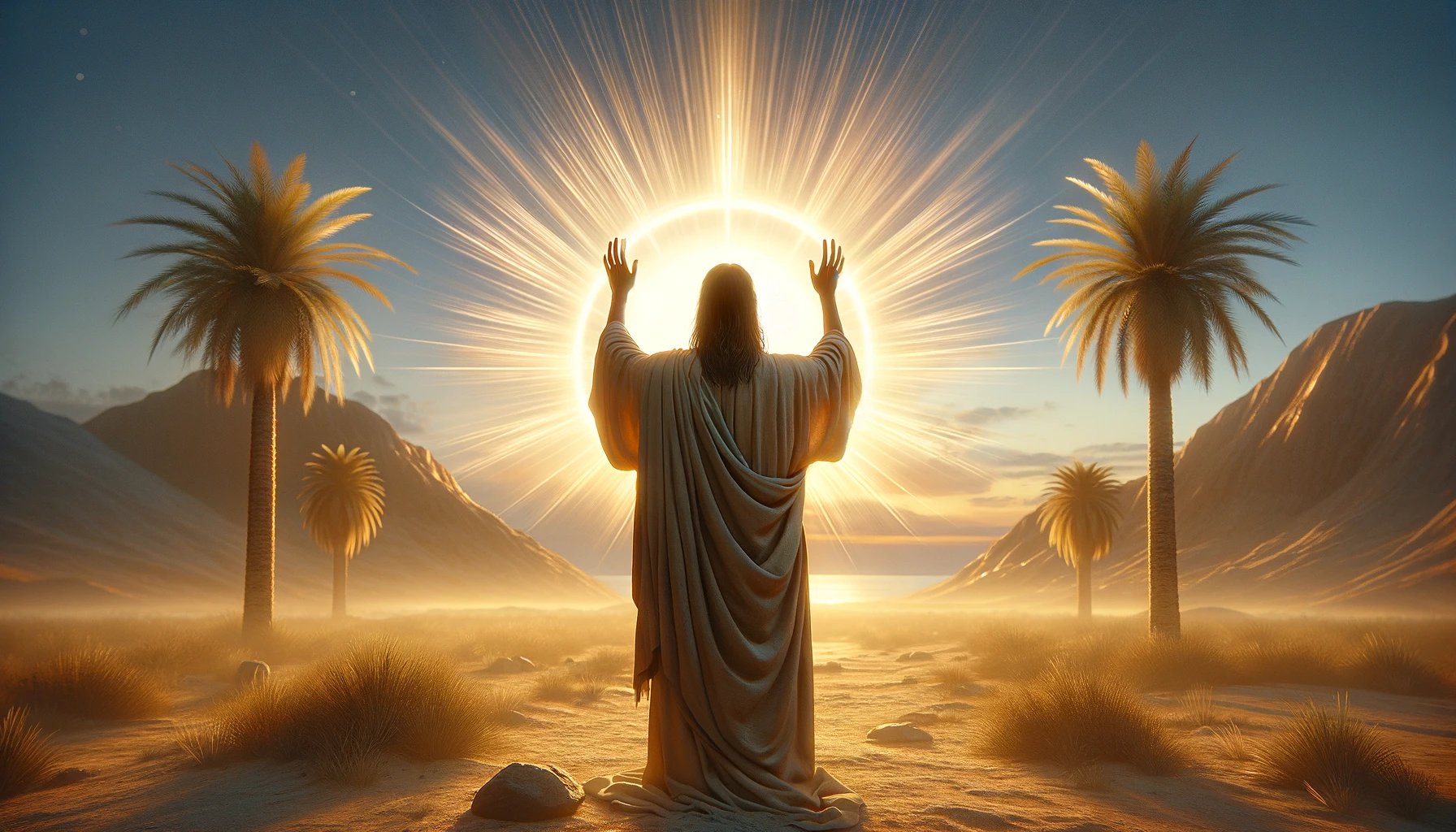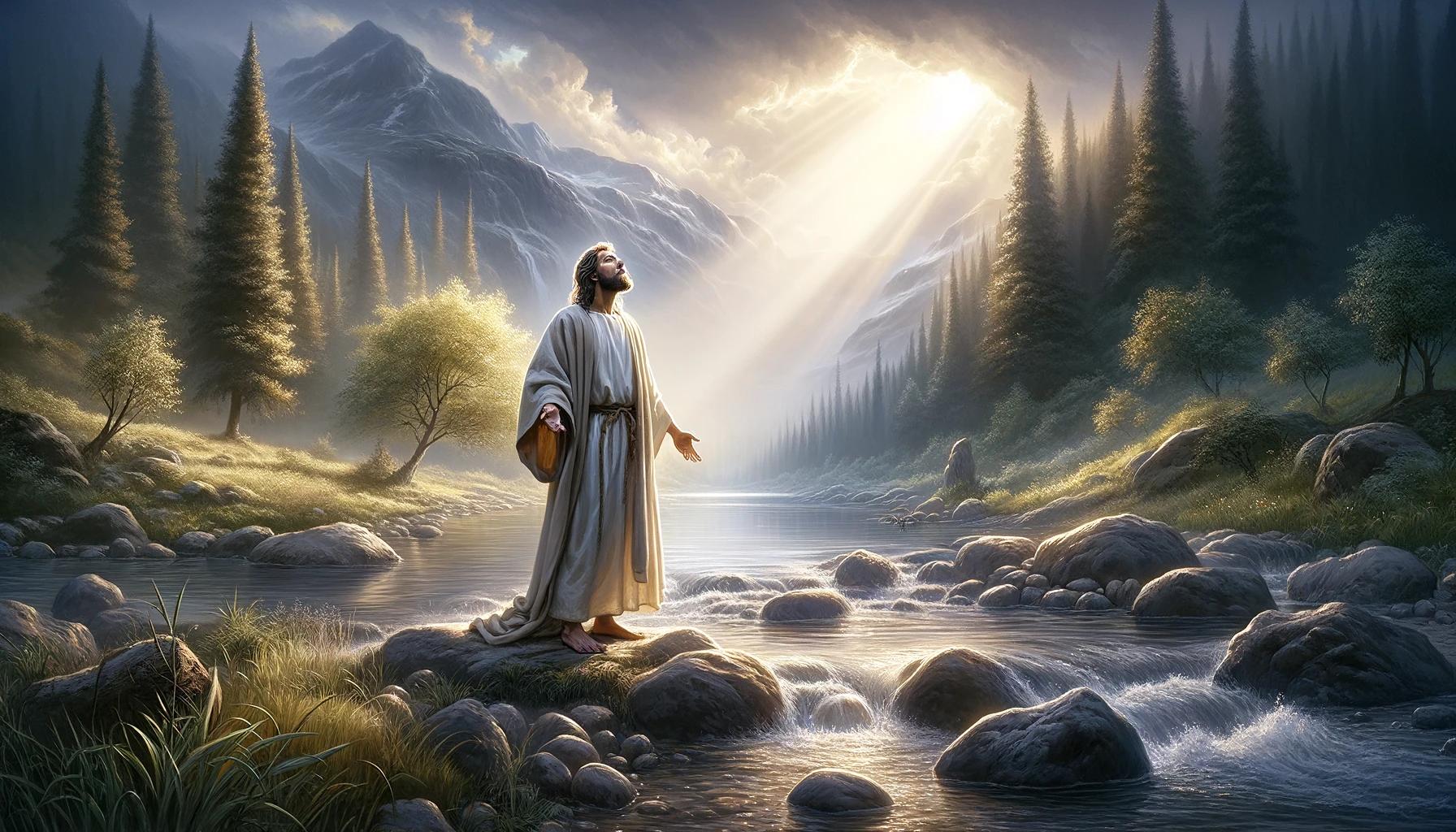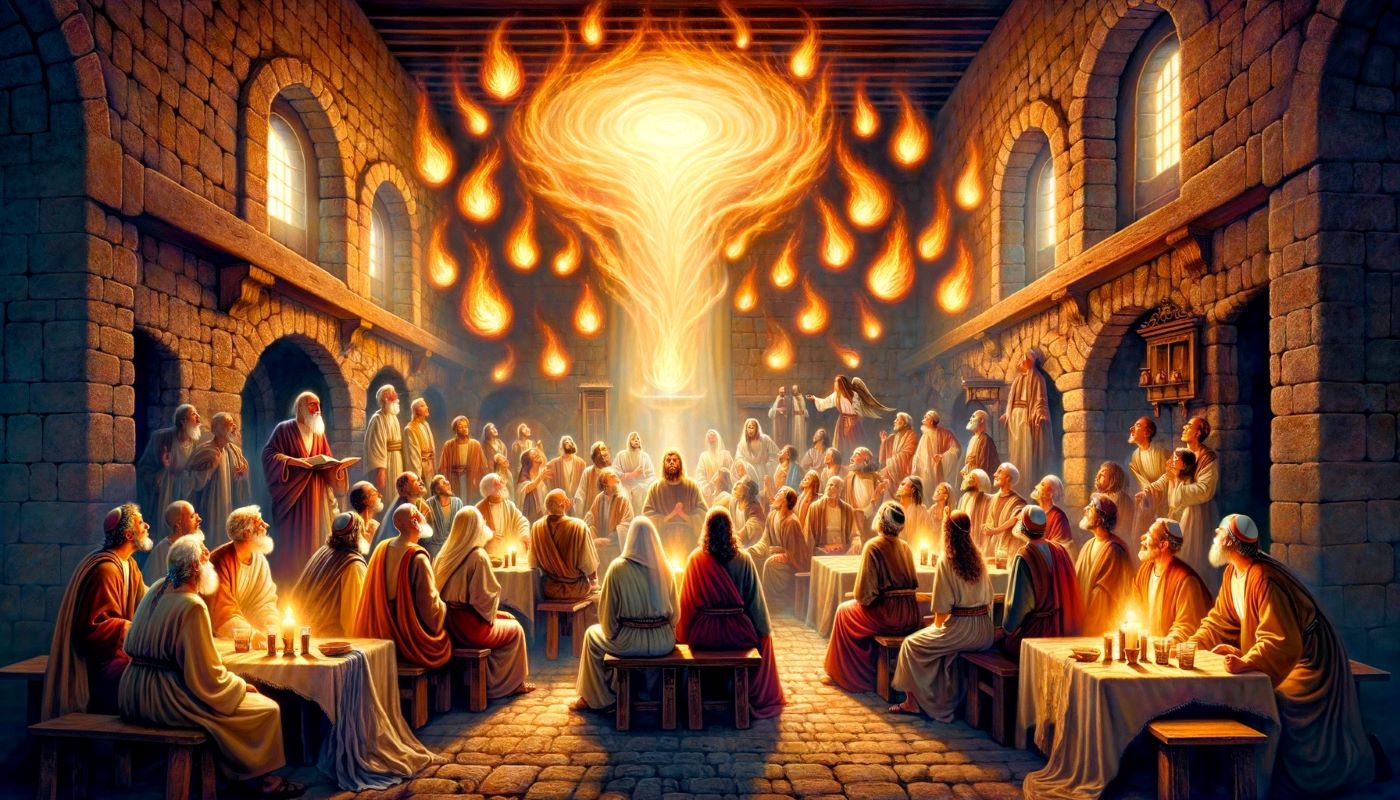Home>Christian Resources>Amazing Facts About The Flower Of The Holy Spirit
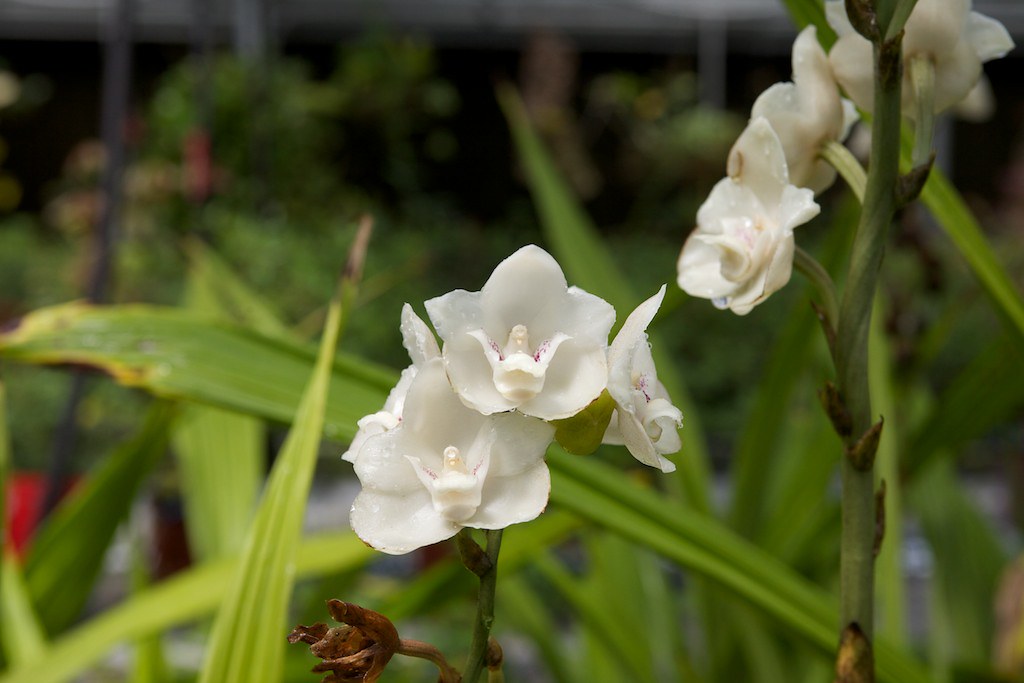
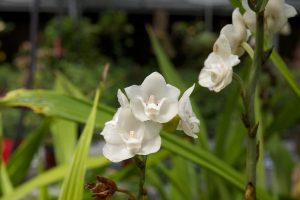
Christian Resources
Amazing Facts About The Flower Of The Holy Spirit
Modified: January 9, 2024
Ericka Andersen, an editor at Christian.net, expertly merges digital strategy with content creation, focusing on faith and societal issues. Her communication skills enhance the platform's engaging narratives, fostering meaningful dialogue on belief's impact on society.
The Flower of the Holy Spirit wonderfully blooms in Central America. Know more about this flower & why it reminds us of the Holy Spirit.
(Many of the links in this article redirect to a specific reviewed product. Your purchase of these products through affiliate links helps to generate commission for Christian.net, at no extra cost. Learn more)
A unique yet fascinating flower has captivated the attention of many people, especially Christians. Scientifically known as Peristeria elata, the Dove Orchid is a highly famous species of orchids. The national flower of Panama, it lies in some parts of the humid rainforests of Central and South America. It is commonly referred to as the Flower of the Holy Spirit or Holy Ghost Orchid as the flower resembles a dove. As we look at this wonderful orchid, it reminds us of the holy spirit. Something that also gives us peace and security. If this type of orchid sparks your curiosity, keep reading. We are sharing some amazing facts about the Flower of the Holy Spirit.
Facts You Should Know About Dove Orchid
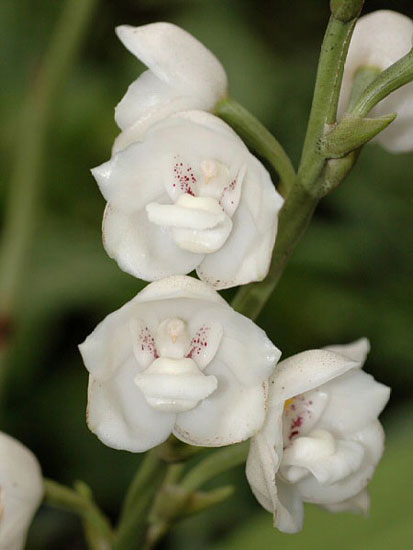
The Dove Orchid belongs to the genus of orchid species. It’s usually found in Central America and South America (specifically Venezuela and Ecuador). It also grows in Panama, Costa Rica, Peru, and Trinidad. This flower is silently blooming and growing in large numbers around the edge of hardwood forests. Because it is also known as the Flower of the Holy Spirit, it is special to florists and Christians who are interested to know this orchid. Learn more about this orchid as we share interesting facts about them.
- The Dove Orchid is known as the Flower of the Holy Spirit in English and Flor Del Espiritu Santo in Spanish.
- Other common names for this orchid are Holy Spirit Orchid and Bird Orchid.
- The first plants of Peristeria elata were sent to England in 1826 and were flowered in 1831.
- William Jackson Hooker, an English botanist, named the flower from the Greek word Peristeria, which means dove. The reason is that an image of a dove appears in the flowers.
- The Dove Orchid belongs to the kingdom of Plantae, Angiosperms, and Monocots. And it belongs to Asparagales order; Orchidaceae family and Epidendroideae subfamily; Cymbidieae tribe and Coeliopsidinae subtribe.
- Peristeria elata is a large-sized, sympodial orchid with large round pseudobulbs. Take note, a mature plant can have pseudobulbs the size of a child’s head. It has up to three to five leaves per pseudobulb. Its inflorescences are basal and up to 135 centimeters long.
- The Dove Orchid produces four to twelve flowers with an intense ivory white color and purple spots that emerge from the base of the bulb.
- The Flower of the Holy Spirit’s white flower is long-lasting, successively opened, and two-inches wide. Widely famous for its unique column shape, its central part resembles the head of a dove.
-
The Flower of the Holy Spirit’s fragrance is similar to beer.
- The orchid dwells in cloud rainforests of Central America in a high humidity epiphyte. Its natural habitat is the very humid mountain woodlands on Mount Gaital in the Anton Valley. It grows around moss-grown tree trunks at an elevation of 1,100 meters (3,600 feet), some 100 kilometers west of the capital. In its natural habitat, it grows near the ground level.
- This hot to warm growing orchid prefers bright, unfiltered light all-year-round.
- The Dove Orchid usually blooms between July and October. It is during late summer and early fall, although spikes can take months to reach maturity. Also, these orchids are seen growing in huge numbers during the fall. Interestingly it’s the time when the trees of the hardwood forests shed their leaves.
- Another interesting fact about these orchids, they can be both epiphytic as well as terrestrial.
- The Dover Orchid looks like a praying monk before blooming.
- According to experts, this orchid is a delicate-type, so it will not survive on water that contains chlorine, only rainwater.
- The Dove Orchid or the Flower of the Holy Spirit is the national flower of the Republic of Panama. It was proclaimed on October 21, 1980, during a Flower Festival.
Taking Care of The Flower Of The Holy Spirit
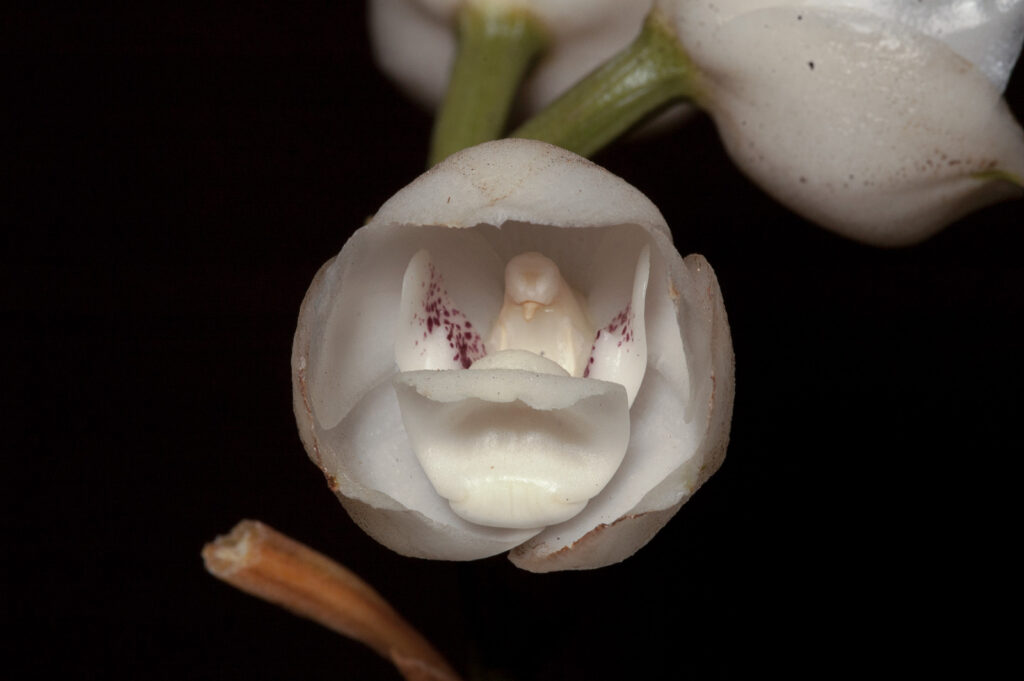
Maybe some of us want to take care of the flower of the Holy Spirit. But take note, because the orchid is sensitive, it is not suggested for beginner florists. These flowers should also not be grown inside on windowsills. Peristeria elata should be grown in warm to hot conditions with minimum year-round temperature around 65 to 70 degrees. The light for young seedlings should be low to medium. And as the orchid matures, brighter lights should be available. Additionally, constantly moving air is highly recommended as foliage can burn easily in extreme temperatures or bright light.
The dove orchid usually requires moderate watering. However, in the beginning, to encourage a new pseudobulbs growth, it needs a heavy watering for some time. When the orchid’s growth rate slows down, reduce both the watering and the addition of fertilizers. Too much of these items may ruin their health. Yet, don’t allow the roots to become dry for a long period. Lower night temperatures should encourage the flower to start blooming.
The flower of the Holy Spirit requires an open and well-drained pot that contains a growing medium amount of sphagnum moss, cocoa chips, and tree fern. For many terrestrials, roots are fuzzy and must have some moisture at all times. If you want to take care of a flower of the Holy Spirit, you need to be extra careful. Remember to give the flower of the Holy Spirit the right amount of water and bright sunlight. Keep it in a warm temperature place so that it will bloom healthily.
Dove Orchid’s Near Extinction
The flower of the Holy Spirit’s beauty is undeniable. So, many people are interested in them, may it be for religious purposes or as a collector’s item. Others may want to have this special orchid as a collection or something to care for on their own. However, the flower of the Holy Spirit has become endangered and is almost extinct. This is because many people have over picked these orchids from their natural habitat. Not surprisingly, the Washington Treaty of International Trade in Endangered Species of Wild Fauna and Flora has included the flower of the Holy Spirit on its list of endangered plants.
There are now some attempts to save this flower through special organizations and donations. The APROVACA, Panamanian NGO, runs a sponsorship program to save the flower of the Holy Spirit from extinction. And several years ago, technicians from Taiwan developed a program for its recovery. The Panamian authorities have created a rule stating that the orchid can be used for exhibition, but it cannot be placed for sale. It is also not highly recommended to buy the dove orchid from questionable sources. Buying dove orchids may further affect the orchids’ decreasing number.
A Dove as the Symbol of the Holy Spirit
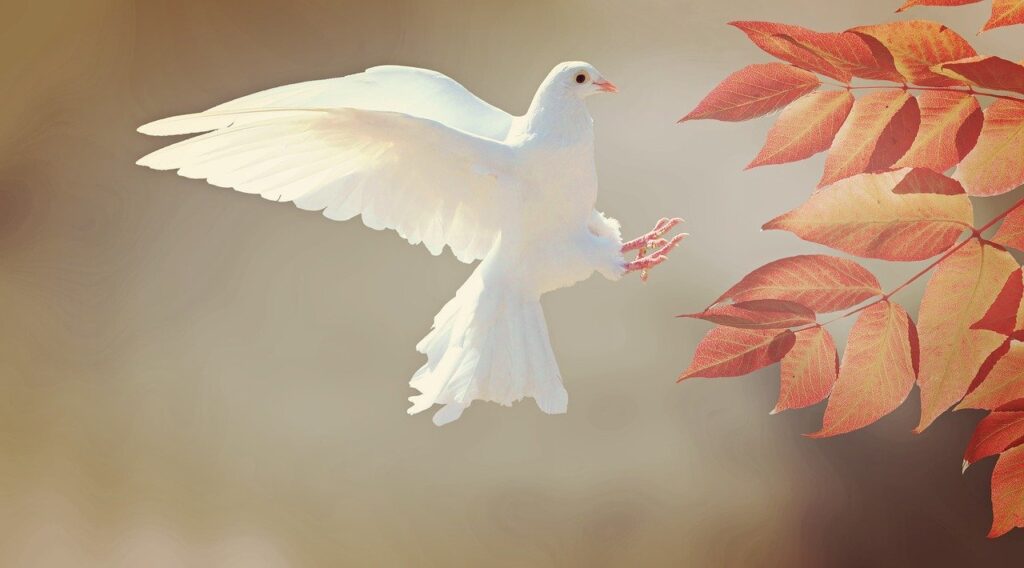
Now that we know what a dove orchid is, we can also understand why it’s associated with the Holy Spirit. It gained the common name ‘flower of the Holy Spirit’ because of the dove image found in the center area of the flower. So why does a dove represent the Holy Spirit? The answer is that Christians see doves as a symbol for the Holy Spirit. It is the general symbol of peace, purity, and new beginnings. In the Bible, the dove appeared in many instances as a symbolization of God and the peace He gives us. However, two instances of doves appearing stand out; one in the Old Testament, and the other in the New Testament.
The Dove During the Great Flood
The first appearance of the dove was during the last days of the great flood, which covered the surface of the earth. In Genesis 8:8-12, Noah sent a dove to search for dry land. The dove returned to Noah’s Ark on several occasions, indicating that the waters had not yet receded. Then, one day the dove returned with a freshly picked olive leaf, giving Noah knowledge that the water was receding. After seven days, however, the dove never returned. Noah then knew that the waters had decreased. Since then, the dove became a symbol of hope and new life.
The Dove During Jesus’ Baptism
All four gospels mentioned the appearance of a dove during the baptism of Jesus by John the Baptist (Matthew 3:16, Mark 1:10, Luke 3:22, and John 1:32). The Scripture says that the Holy Spirit descended on Jesus in bodily form like a dove. It confirmed Jesus’ anointing as the Messiah, along with the voice of God the Father from heaven. It gives us a clear picture of the trinity; Father, Son, and Holy Spirit, all taking part in one event.
Today, the dove continuously symbolizes the Holy Spirit. It is the fulfillment of the Scripture through the life and ministry of Jesus. It also represents peace, power, purity, and propitiation for sin that comes in a relationship with God.
Flower of the Holy Spirit: The Beauty of God’s Majestic Work
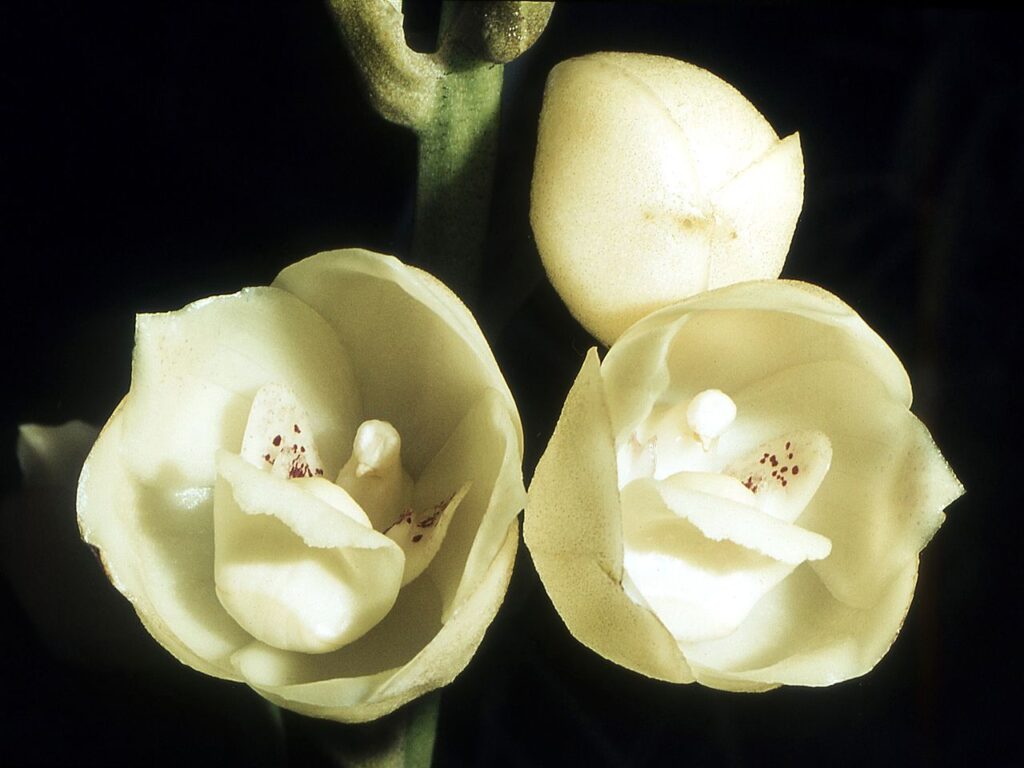
The flower of the Holy Spirit is one of the thousands of wonderful things showing the beauty of God’s creation. It looks very peaceful, pleasing, pure, and elegant, so it is understandable that it reminds us of the Holy Spirit. But let’s not take this creation for granted. Because it is one of God’s gifts to us, we should take excellent care of the dove orchids. Let the next generations also see its uniqueness, and hopefully, it will also bring peace to them.
Similar to the flower of the Holy Spirit, the Holy Spirit is also with us throughout, silently guiding us. It dwells into each of us to help us live a righteous and faithful life. The Holy Spirit also acts as a comforter. It is the one who intercedes, supports, and acts as an advocate, especially in times of trials and tribulation. Like a flower, we should meticulously take care of our faith so it will continue to grow and be nourished. And how can we do that? By reading the Bible! It’s where we can find the sunlight, water, and fertilizer our faith needs.



